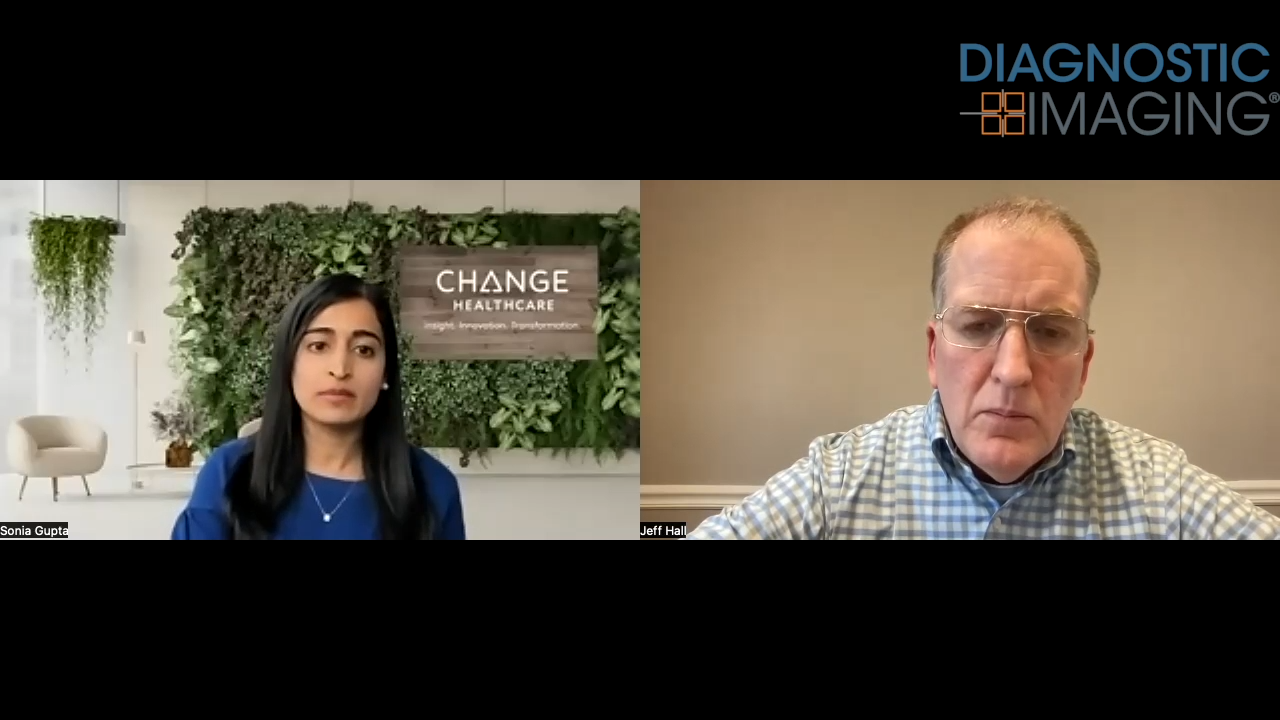Hanging Up is Hard [for a Radiologist] to Do
An attempt to perfect the art of ending a communicating-results phone call with a referring clinician.
Veteran readers of this column may recall a time (circa August 2012) when I lamented the awkward process of ending a communicating-results phone call with a referring clinician.
Well, the subsequent year and a half have brought no magical reduction in the frequency of such communications, so I’ve had plenty of opportunities to try out new closing lines. I imagine this has given me an inkling of how it feels to be a stand-up comedian testing new material on audiences, or maybe a student-pilot landing a plane…one knows when one has been less than charismatic and/or graceful.
It doesn’t make things any easier when you’re covering the same facilities for hours on end, week in and week out and thus tend to speak with the same clinicians repeatedly. Even if you manage to come up with a clever, sparklingly-witty verbal flourish worthy of the Toastmasters, it’ll lose something when folks hear it every time you get on the line with them. That’s almost as bad as being the creepy distant cousin who always tells the same joke at family gatherings.
Nevertheless, I think I’ve stumbled upon a “phrase that pays” in more recent weeks, and while it’s probably too early to tell for the long haul, it’s likely to feature prominently in my repertoire for the visible future. Having communicated whatever abnormality, and fielded the clinician’s inquiries until conversational momentum is pretty much nil, I wind down with “Well, good luck with him [or her, referring to the patient].”
[[{"type":"media","view_mode":"media_crop","fid":"23684","attributes":{"alt":"","class":"media-image media-image-right","id":"media_crop_7519520532440","media_crop_h":"74","media_crop_image_style":"-1","media_crop_instance":"1941","media_crop_rotate":"0","media_crop_scale_h":"0","media_crop_scale_w":"0","media_crop_w":"350","media_crop_x":"0","media_crop_y":"0","style":"height: 53px; width: 250px; border-width: 0px; border-style: solid; margin: 0px; float: right;","title":" ","typeof":"foaf:Image"}}]]
The line serves as decent enough closure: OK, I’ve done as much for you and your patient as I can; now it’s in your hands, and I wish you well. It’s not exactly an energizing “Go get ‘em, Tiger!” but realistically, it’s about as close as I’m going to get when talking about my fourth hot appendix for the night at 3 a.m.
It can also be an indication of respect: Well, doc, you’ve got a sick patient there. I’m sure you have the knowledge, experience and skills to do what needs doing…and heck, I know I probably couldn’t do it since the last time I practiced non-radiological medicine was around 15 years ago.
Finally, once or twice per night, it’s a mixture of distancing and relief. You’ve heard the sentiment outside of your medical life, or at least in movies and sitcoms, usually expressed with a bit of sarcasm: “Well, good luck with that” (In which case, the “that” in question is an unenviable, maybe no-win, situation.) Gosh, Dr. Clinician, I’ve just told you about half a dozen pathological processes ranging from severe to god-awful, and I have no idea how you’re going to handle any of them. I can click forward to my next case, but for you the nightmare is just beginning.
Of course, in such circumstances, I’ve usually just slogged through a few dozen (or hundred) images I wouldn’t wish on anyone-contrast warranted but not administered, patient moving all over the place, every type of artifact known to man, etc.-and the study has taken at least twice as long to read as others of the same modality (and reimbursement) would have. Someone might just as well have told me: “Good luck with that” when I first opened the case to interpret.
The Reading Room: Artificial Intelligence: What RSNA 2020 Offered, and What 2021 Could Bring
December 5th 2020Nina Kottler, M.D., chief medical officer of AI at Radiology Partners, discusses, during RSNA 2020, what new developments the annual meeting provided about these technologies, sessions to access, and what to expect in the coming year.
Strategies to Reduce Disparities in Interventional Radiology Care
March 19th 2025In order to help address the geographic, racial, and socioeconomic barriers that limit patient access to interventional radiology (IR) care, these authors recommend a variety of measures ranging from increased patient and physician awareness of IR to mobile IR clinics and improved understanding of social determinants of health.










